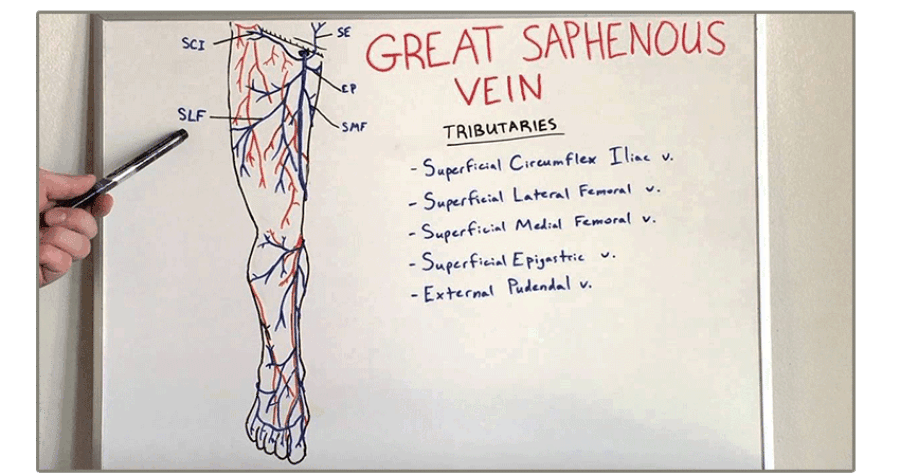Bypass Surgery and the Great Saphenous vein

What happens if the patient is having a bypass and they need the Great Saphenous vein?
Generally, if the Great Saphenous Vein (GSV) is diseased enough that ablation is recommended, then the vein is not suitable for any type of use in a bypass surgery setting; either peripheral arterial bypass or coronary artery bypass grafting (CABG). In this setting, the rendering surgeon will select a different vein, or use an arterial conduit. Rarely, he may choose to use a cadaver vein.
“How do you do a CABG without the Great Saphenous Vein?”
There are multple additional options for bypass grafting. Qualified cardiac surgeons can perform coronary bypass grafting (CABG) surgery without the need for the Great Saphenous. Either other veins, or even other arteries, and sometimes artificial or cadaver grafts can be used. A diseased and dilated Great Saphenous Vein would never be used on the heart. This concern should not be a reason to avoid treating your leg veins, if symptoms are present.
“What medical history issues will exclude a patient from being considered for vein ablation (i.e., clotting issues, etc)?”
Each patient’s individual situation is different. At CVR we take the entire medical history of every patient into account before we make a recommendation for treatment. Cardiac (heart) and pulmonary (lungs) history is very significant as well as other risk factors such as diabetes, hypertension, clotting history, lipid (cholesterol) profile, etc. All of these factors and more will be reviewed with each patient before a recommendation for ablation is made. There are very few factors
that, in and of themselves, will exclude a patient from being a candidate for venous ablation techniques.